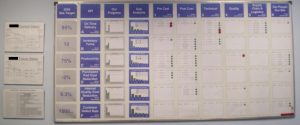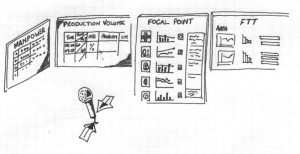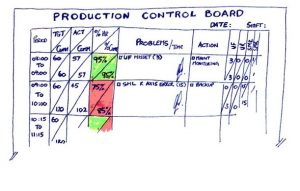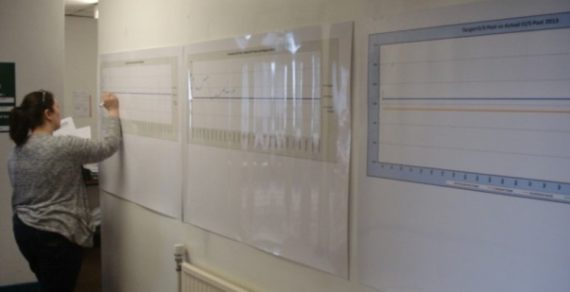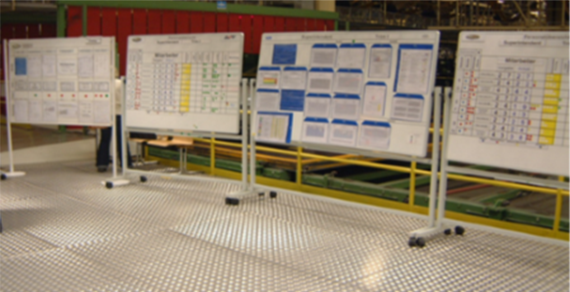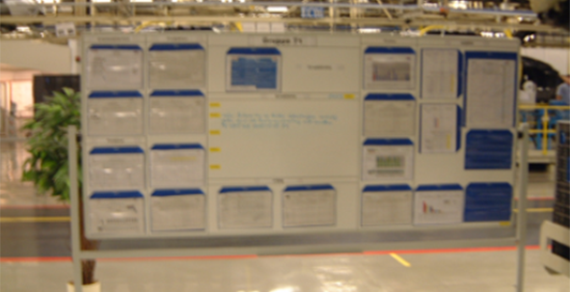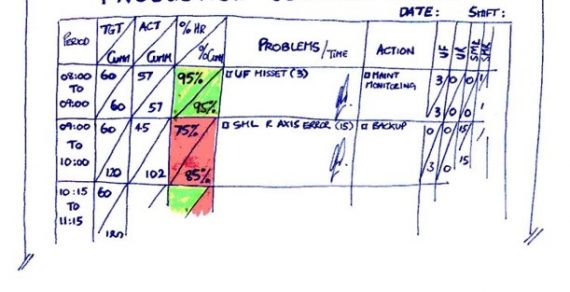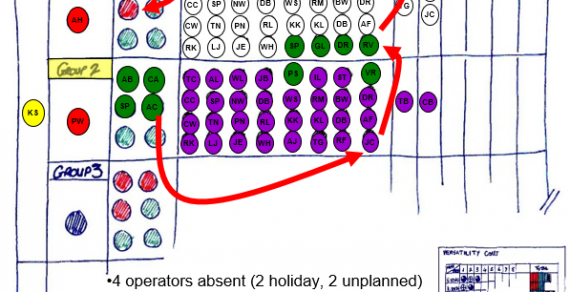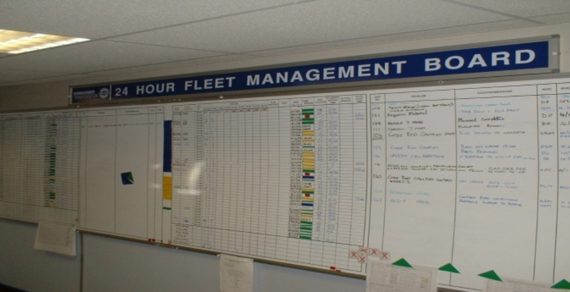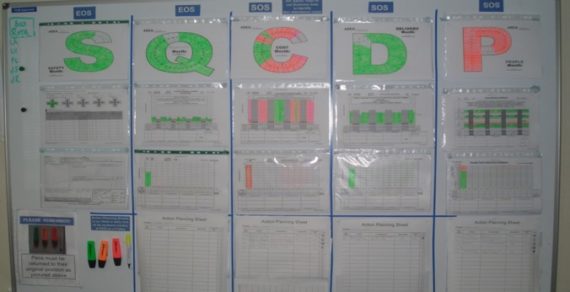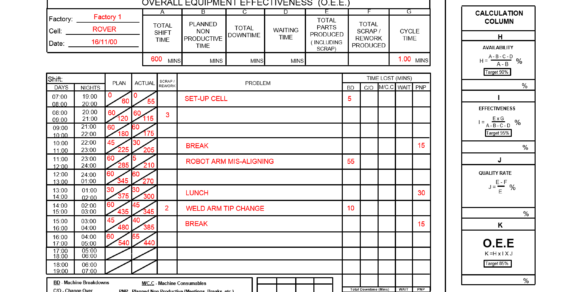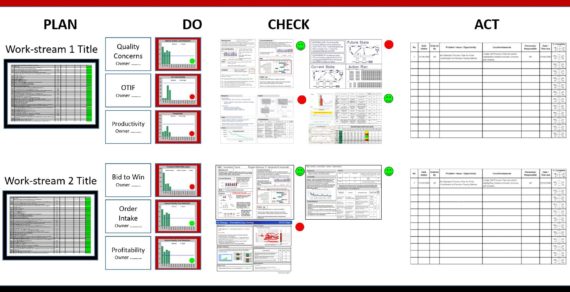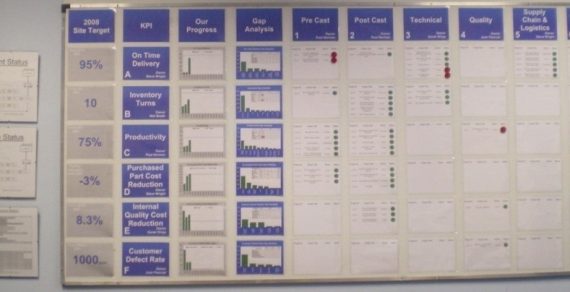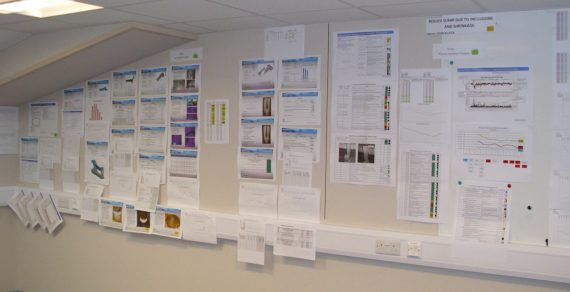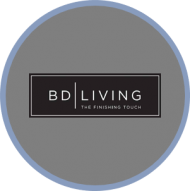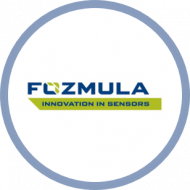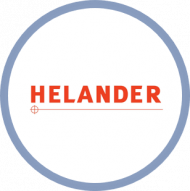At its core, is a dedicated room (or meeting area) which is set aside for employees to meet and make decisions about a specific topic or problem. This dedicated Operations Room can have far-reaching impacts in the workplace that enhance productivity, save money, increase efficiency, and improve communication.
Operation Rooms are based on a simple idea that we dedicate: time and space to the coordination of root cause analysis and problem solving so that organisational barriers are minimised. This ability to maintain a disciplined approach to real-time problem awareness, listening to team members concerns, making discoveries, resolving problems, collaborating and above all developing/mentoring our people is critical to the success of a business.
They promote the coordination and implementation of Strategical and Tactical issues by mobilising and pulling together the intellectual resources of all employees in the service of the firm.
0330 311 2820
The following are different types of Operation Rooms (not limited to):
Product Launch
When developing a new product, managers responsible for decision making in design, production engineering, and manufacturing gather in one place to shorten the lead-time through real-time problem resolution.
Business Process Layout
Centralised data collection, prioritising and action planning.
Focused
Strategy Deployment, Project Performance, SQPDC, A3 Problem Solving, Continuous Improvement room.
Observations to consider when looking at Operation Rooms:
- Use two colors when tracking status, Red and Green. This avoids ambiguities; the status is ON TARGET or NOT.
- Define SMART metrics (Specific, Measurable, Attainable, Realistic, Timely), no more than 3-6 focused metrics as more would be impractical for every day review.
- Problem, Follow-Up and Countermeasure Boards are mandatory, the team must be prompted to solve issues immediately. The deferment/stalling to solving the problem is not allowed.
- Meeting Discipline – Punctuality, Question and Challenge with dignity and Respect and the meeting should last no more than 30mins.
- The flow for review takes the shape of Check, Plan, Do, Check, Act instead of the normal PDCA.
Managing Business Performance helps…
- with the ability to see the abnormal from normal conditions.
- with Visual Management to monitor the output of a process or processes.
- embed problem resolution as close to real time as possible.
- drive ownership, responsibility and accountability through A3 (one page plan) mentality.
- involve all resources in Daily 30 minute stand-up meetings.
- at all levels and functions of the business, from Sales and Marketing to Operations.
- gain complete involvement of your resources.




